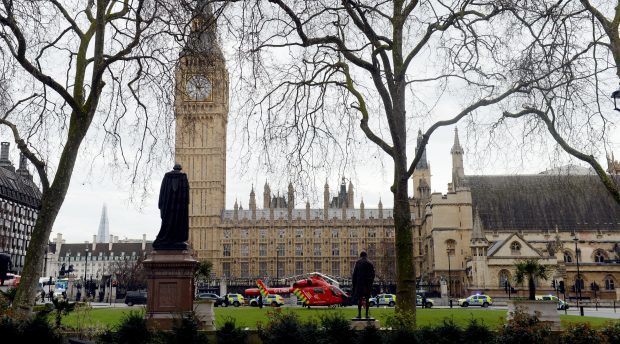Joe Churcher, who spent 16 years at Westminster as the Press Association’s chief political correspondent before moving to the P&J, reflects on the ever-changing security measures at parliament.
Denying terrorists the opportunity to strike while protecting the right of voters to access democratic institutions has always been a delicate balance.
Peering through the gates of Downing Street for a glimpse of that most famous of British doors is now a well-worn tourist ritual, for example.
But it is worth remembering that the distance kept between visitors and No10 is symbolic of Westminster’s status as a long-term terror target.
It is less than 30 years since the IRA’s threat to the then PM’s life prompted Margaret Thatcher to install security gates for the first time.
And in the decades since, in response to the ever-evolving danger, the cordon protecting politicians has gradually been tightened.
Much of it is kept unobtrusive – anti car-bomb barriers are concealed in elaborate stone balustrades on Whitehall.
Some is more obvious: the huge glass screen across the Commons public gallery for example erected after Tony Blair was pelted with flour.
Perhaps the most visible element is the large contingent of heavily-armed police officers who patrol the estate.
They spend much of every day engaged in good-natured banter with passers by taking photos through the gates.
Yesterday, the vital need for their presence became all too clear as officers put their lives on the line in the interests of national security and saving innocent lives.
One paid the ultimate price and there is no doubt this latest atrocity will result in another reconsideration of this delicate balance.
